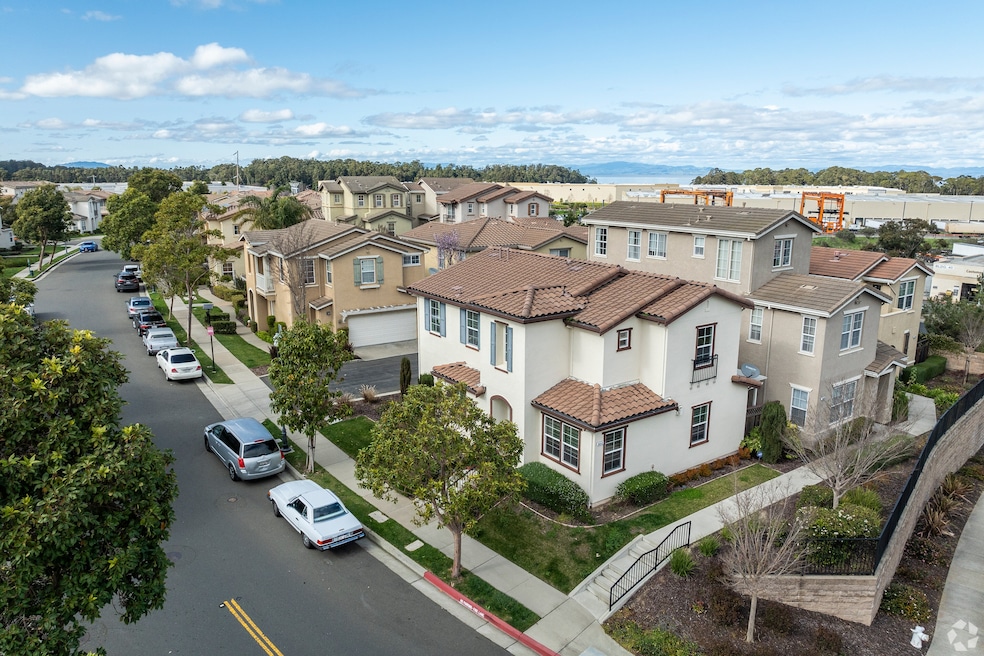When homeowners and designers began popularizing Mediterranean-style homes across the United States, some sought to construct their own slices of heaven.
“Houses that are designed in a Mediterranean Revival style are warm and, generally speaking, the design makes you feel like you’re walking into a place that you’ve known your entire life,” said Matthew Berkley, a broker and architectural historian based in Pasadena, California.
The revival began in the 1920s and ‘30s, a post-war era that saw people “building their own type of Americana,” Berkley said. The Great Depression triggered an immediate building decline in states like California, Arizona and Florida, but once it resumed, people spread, exiting urban hubs and seeking an alternative lifestyle.
After the lush ornament of Victorian homes and the subdued naturalism of Arts and Crafts-era structures, some craved a different aesthetic altogether, pulling inspiration from the homes found in warmer climates along the Mediterranean. Some of that inspiration came from building professionals, such as draftsman Harold Bissner, who served in World War II and returned to the U.S. equipped with a new vernacular and material palette, continuing work started by Frank Mead, Richard Requa and Irving Gill.

Homes typically center on an enclosed courtyard
Often with light-colored exteriors and trims ranging from blue and white to green, these revival homes generally centered on an enclosed courtyard, emphasizing an outdoors-focused lifestyle. Stucco, terra cotta and tile served as common material motifs that also turned up in Spanish Colonial-style homes. Pulled from the architecture of colonized Spain, these homes were more ornate — sometimes boasting stenciled beams, intricate tiling and a higher-pitched roof — than their straightforward Mediterranean counterparts. The styles do have overlap, however, and are often lumped together.

Many of the Mediterranean homes served as launching pads for individuals seeking a new life in the Western U.S. The style was an easy fit in these warmer climates, and California, New Mexico and Arizona all tout concentrations of Mediterranean-inspired design. The style also offered a kind of wish-fulfillment for people lured by developer ads and West Coast “boosterism,” Berkley explained, allowing transplants to subscribe to “this popular ideology of what they should live like.”
“The Mediterranean style, and even Spanish Colonial-style that has come into the United States, a lot of those houses that were designed here were designed not for wealthy people, but you could feel like you were a wealthy person,” Berkley said. “You could feel like you were someone living in the Mediterranean.”
The style attracts buyers on an emotional level
Roughly a century after the revival moment began, original Mediterranean-style homes can come with drawbacks, namely modestly scaled rooms and closets, as well as systems that may need an upgrade. But many of these homes, Berkley explained, have very thick walls, which make them well-insulated and comfortable. Inside, the homes aren’t as strictly partitioned as a Victorian or Colonial might be, making the Mediterranean-style living spaces “a great place for repose,” Berkley noted.
Plus, the style remains popular, attracting homebuyers on an emotional level. Actress Diane Keaton even penned “California Romantica,” a 2007 coffee table book focused on Southern California’s Mediterranean-inspired homes.
“Such a house unveils an evocative past while offering at the same time the promise of a hope-filled future,” Keaton writes of the California Spanish home in the book's 2019 rerelease. “This is wonderfully seductive.”
